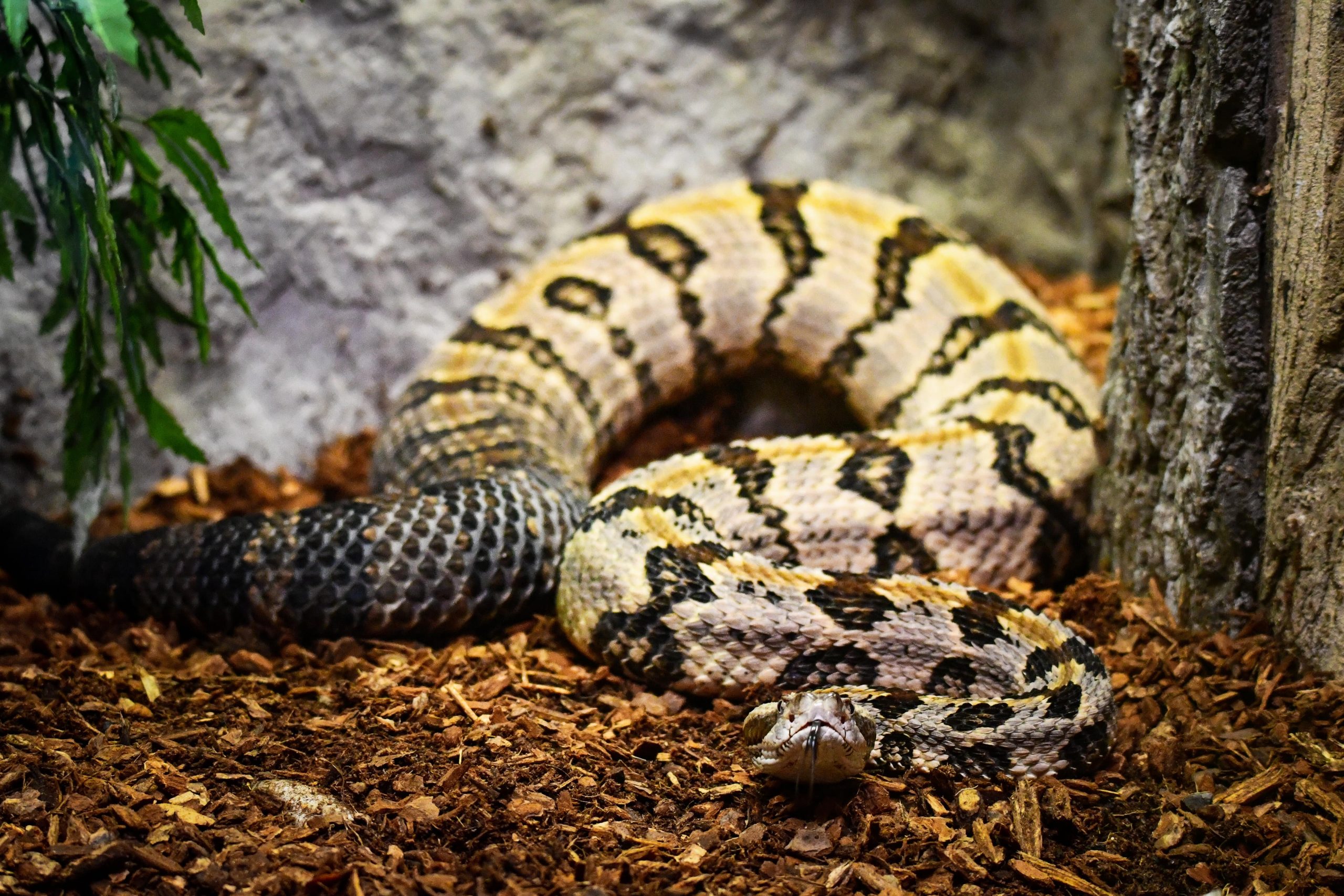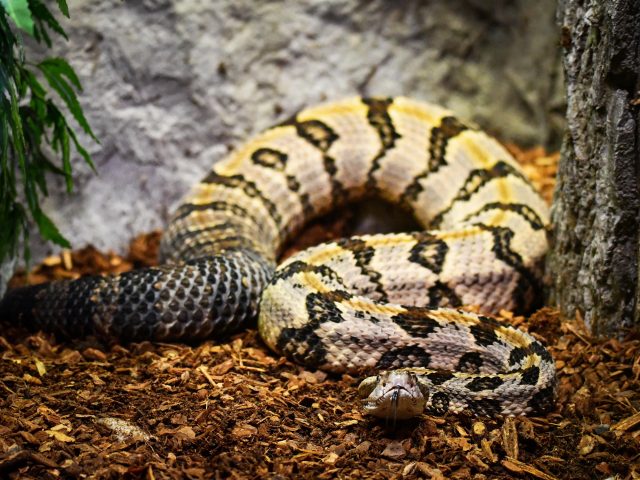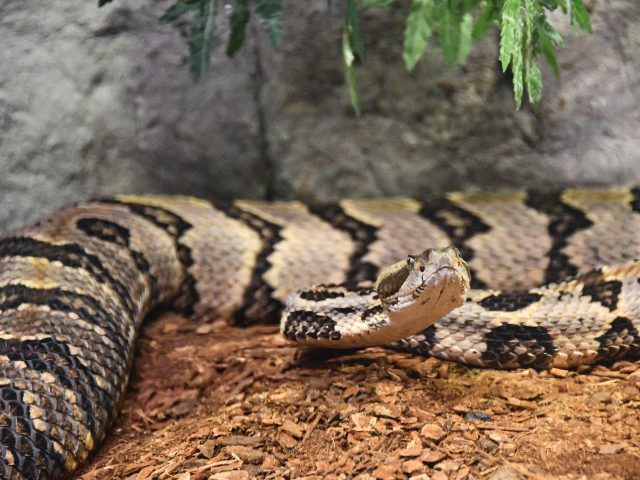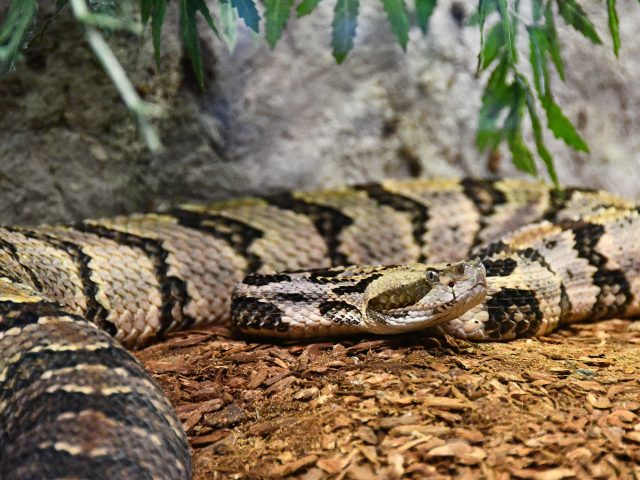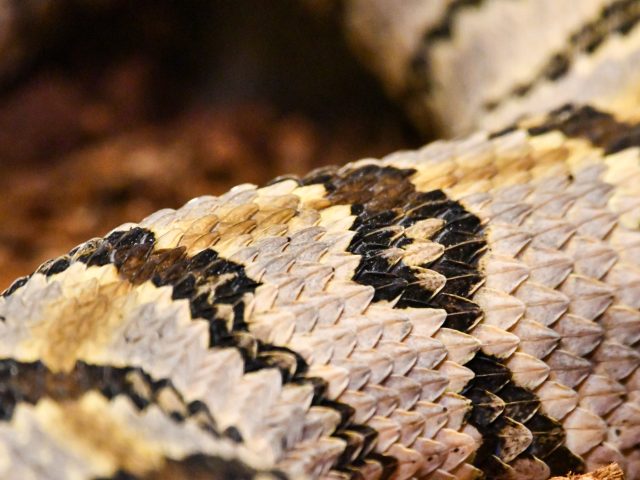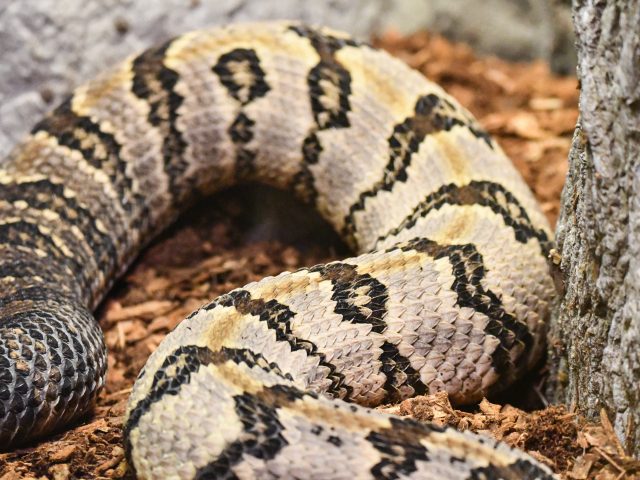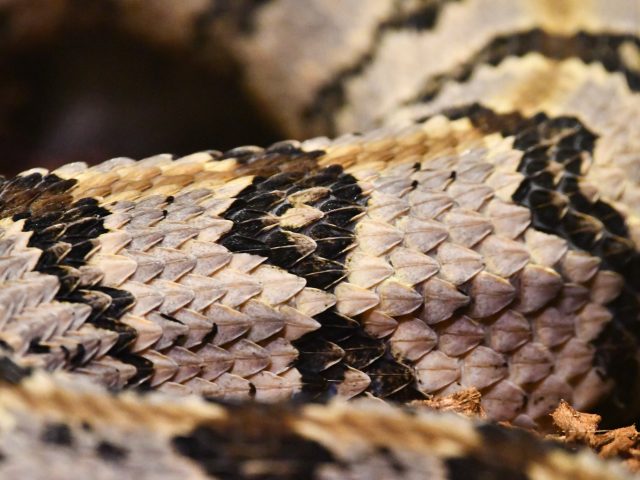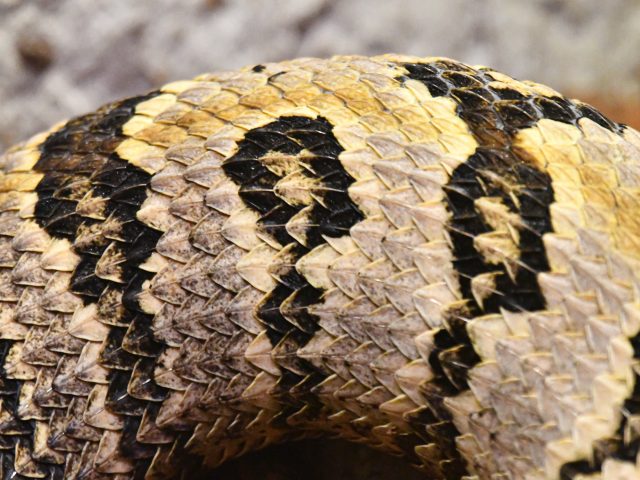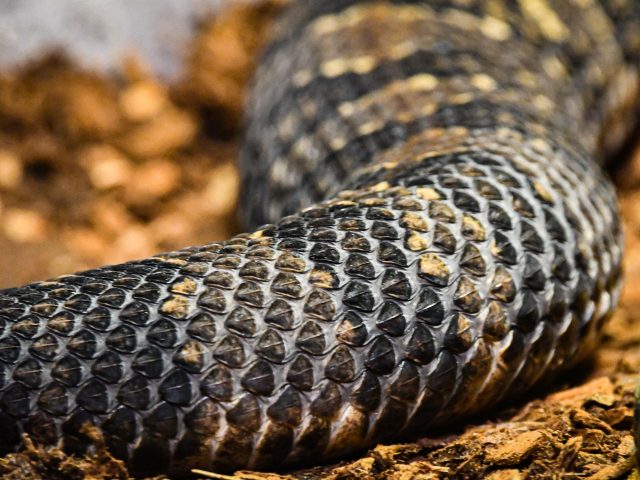Characteristics
The timber rattlesnake, also known as the canebrake rattlesnake, is a venomous pit viper species found primarily in the Eastern United States. The Timber rattlesnake has a distinct color pattern, typically having a yellow, brown, or gray ground color with dark brown or black crossbands. The snake’s rattle is located at the end of its tail and is used as a warning signal to potential predators.
Behavior
Timber rattlesnakes are active during the day, especially on warm sunny days. They prefer to live in rocky, wooded hillsides, and can also be found in swamps and wetlands. They are ambush predators and will lie in wait for their prey to come close before striking. They are also known to be solitary creatures, coming together only during the breeding season.
Conservation
The timber rattlesnake is considered a threatened or endangered species in many states, primarily due to habitat destruction and persecution. Conservation efforts include protecting and restoring the snake’s natural habitats, as well as public education campaigns to dispel myths and misinformation about the species.
What YOU can do to help: You can help conserve the timber rattlesnake by supporting conservation efforts, not disturbing or killing snakes if you encounter them in the wild, and not collecting or keeping them as pets.
Visit https://www.timberrattlesnake.org for more information on Timber Rattlesnake conservation.
Did You Know?
Timber rattlesnakes can live up to 30 years in the wild.
The timber rattlesnake is one of the few species of snakes that gives birth to live young.
Timber rattlesnakes are not aggressive and only bite when threatened or disturbed.
Our Animals
Come and visit our timber rattlesnake, Marge, where you’ll have the opportunity to see these fascinating creatures up close and personal. Marge can be found in the reptile house.
